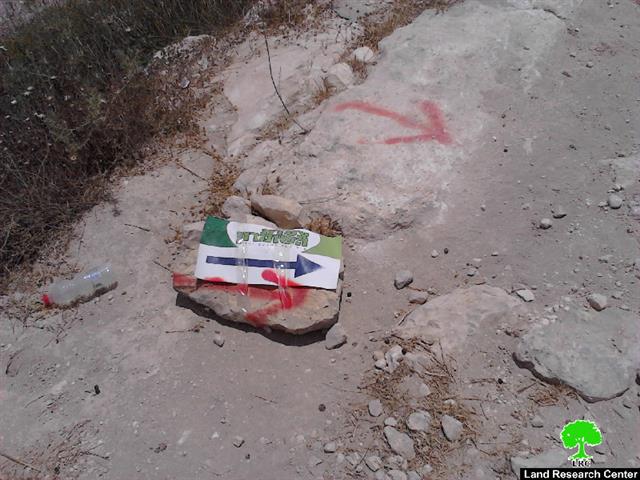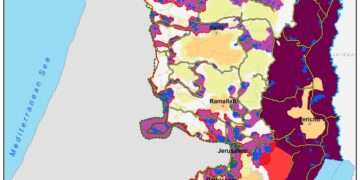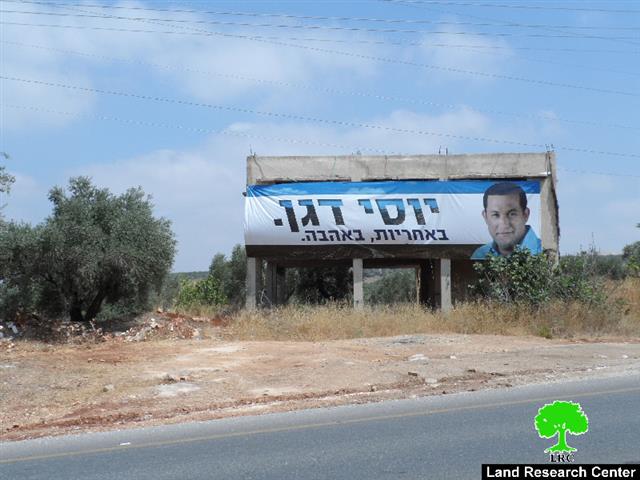The area of Deir Samara is located atop of the northern hills of Kfar Al-Labad, south Tulkarm governorate. Not only the area overlooks the Palestinian shore but it is considered a linking point between the villages of the south namely (Saffarin, Shufa, and Beit Lid). The archeological site of Khirbet Samara dates back to the Roman era; the site accommodates a number of castles and mosaic compounds, which reflect the history and the strategic importance the area has.
The Israeli occupation attempts at forging the history of the area:
It should be marked that the Israeli occupation government and authorities are attempting at defacing the historical landmarks and Palestinian archeological sites in order to fit the Israeli fake narrative. The area of Khirbet Samara also known as Tal Shomar has always been a target for the occupation to take over and deface its history, taking into consideration that the location is close to Enav colony. After taking over the place to become a touristic resort for colonists, the attacks on farmers who have their lands in the nearby has notably increased. For example, farmer Muwafaq Jbara got his crops torched as a result.
Photos 1+2: the targeted archeological site
Non-stop thefts of antiquities
According to Oslo Accords, a percentage of 83% of the archeological sites in the West Bank has been categorized as area C, which falls under the administration of the Israeli occupation. Palestine Ministry of Antiquities has almost no authority or interference in such locations. This allowed the occupation to loot archeological sites and their interiors such like ancient stones, clay pots, and mosaic through the help of colonists or even collaborators from the area.
The mayor of Beit Lid municipality said the following:
“It is a systematic plan to loot the Roman antiquities from the area and move them inside the nearby Israeli colonies; Deir Samara is considered a living evidence on one of the endless crimes of the Israeli occupation relative to antiquities and archeological sites’ theft”.
Prepared by
The Land Research Center
LRC














